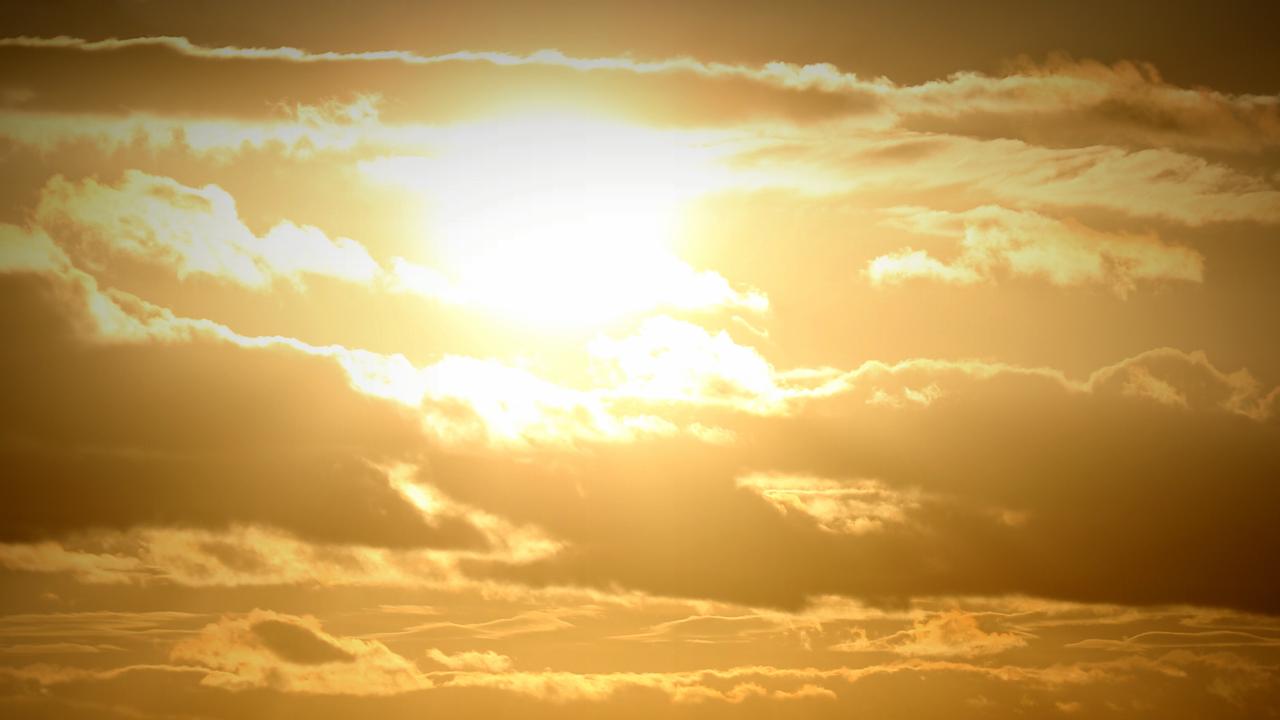Climate change withering winters away
From hitting the slopes to whale watching along the coast, the Aussie winter experience looks different across the country. But Dr Sarah Perkins-Kirkpatrick explains how the season is changing.

Hyperlocal
Don't miss out on the headlines from Hyperlocal. Followed categories will be added to My News.
Australia is the sixth largest country in the world, covering almost eight million square kilometres.
Despite our extensive land mass, we boast a population comparable to much smaller nations.
The combination of boundless space and a small population means day-to-day experiences of weather vary significantly for people living across the Australian landscape.
The winter season is no exception.
While many down south curl up with hot chocolates and never leave the house without a thick coat, people up north enjoy a break from extreme heat and soak up milder weather at the beach.
However, no matter where you are in the country, our once familiar winter months are heating up as a result of human-induced climate change.
To put this into context, regional NSW now experiences two to three more unusually warm August days compared to 50 years ago.

Though a shift to warmer weather may seem appealing, a cool, crisp winter plays an essential role in a strong tourist season, agriculture, and the survival of our magnificent biodiversity.
Slippery slopes
While most travellers picture summer, sunscreen and sundaes when they think of Australia, our winter adventures are also quite the draw card for globetrotters.
Every winter, the alpine regions of Victoria, NSW and the ACT become blanketed in white, fluffy snow.
This change welcomes skiers, snowboarders, families and tourists from across Australia and around the world to embrace the bite of the winter season.
Contributing over $2 billion each year to our economy, the snow industry stands as one of the largest employers in regional Australia with the equivalent of more than 20,000 full-time workers.
However, since the late 1950s, the snow depth, snow cover, and number of snow days have decreased in alpine regions.
And, as Australia's temperatures continue to rise, by 2050 we could see a decline in alpine snowfall of 35-75 per cent.
Such a significant reduction could see our winter tourism industry melt away.
Icy fields for future yields
Whilst a glassy veil of snow and ice might have us out in the morning trying to de-ice our car windows before hitting the ski slopes, it also serves an important purpose when it comes to growing our food.
The pitter-patter of winter rainfall hydrates our crops and allows them to flourish and thrive.
Cold winter days also help chill many of our favourite summer treats like cherries, peaches and nectarines and encourage a fruitful bounty.
Frost fights off pests and improves soil quality by freezing and expanding soil moisture, which prepares the land for planting.
And the extra chill of frost can improve the flavour of crops like parsnips, making them even more enjoyable alongside a winter roast.
Unfortunately, as our climate warms we're likely to see fewer of these very cold days that are crucial for our crops.
So, with warmer winters on the horizon, the produce that keeps us and our economy fit and healthy may be in strife.
Here in NSW we're seeing some significant changes to our typical winter period.

Furry friends feeling the heat
Our weird and wonderful wildlife are also at risk from rising temperatures on land and in the sea.
Alpine species like the Mountain Pygmy-possum are particularly vulnerable, as they rely on continuous snow coverage for insulation during hibernation.
And, living atop mountain peaks means they have nowhere to run to escape the heat.
Temperature is also an important cue for animal migration and navigation, particularly in our oceans.
Over the winter months, the 5000km stretch between Antarctica and the warmer waters of Queensland's coast becomes a humpback highway.
Meanwhile, in South Australia, giant Australian cuttlefish captivate crowds with their colourful displays as they gather to breed at Point Lowly.
So, as our seasons change, we will likely see impacts on habitat, food supplies, and the timing of breeding, throwing precious ecosystems out of balance.
Wrapping up
To make sure our winters don't thaw out, there are lots of simple steps we can take to cool it on the warming.
Rugging up in a couple of layers rather than reaching for the greenhouse gas emitting heater is a great first step.
It will help keep your body warm, and your bank balance happy.
Alternatively, check out the latest solar panel systems and see if they might be suitable for your home.
Finally, stepping on board public transport or carpooling with a mate can help limit your carbon footprint.
By reducing our emissions to curb climate change, we can all help keep the winter wonder in the land Down Under.
Want more information on how your climate is changing? Check out the last article in this series.
Associate Professor Sarah Perkins-Kirkpatrick is a climate scientist at the University of New South Wales.
This column is part of a collaboration between Monash University and News Corp to deliver hyperlocal weather and climate information.


